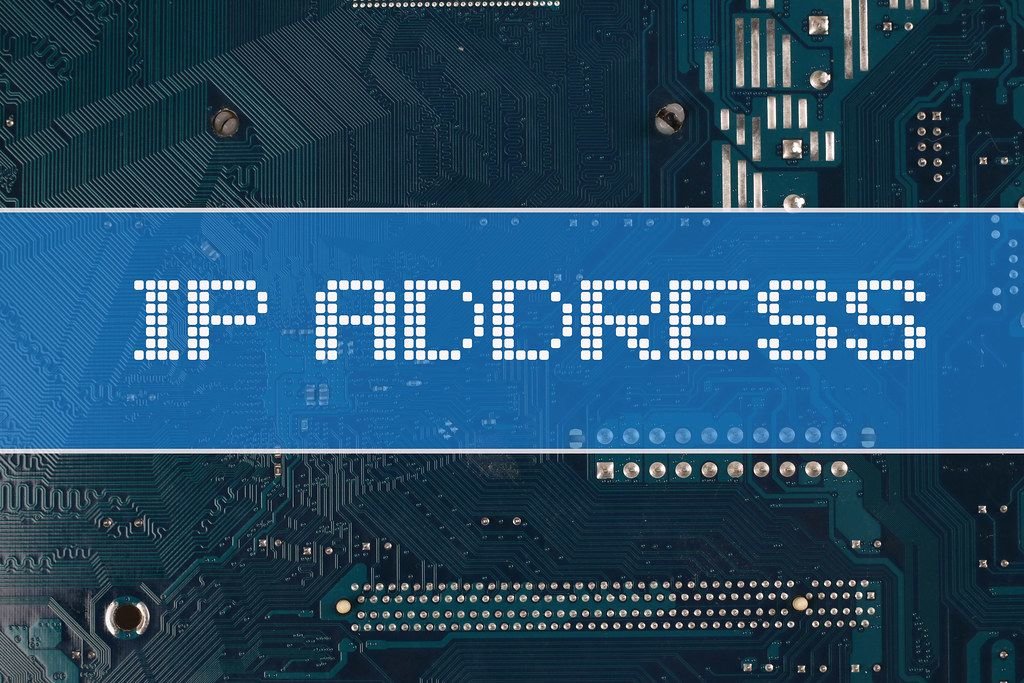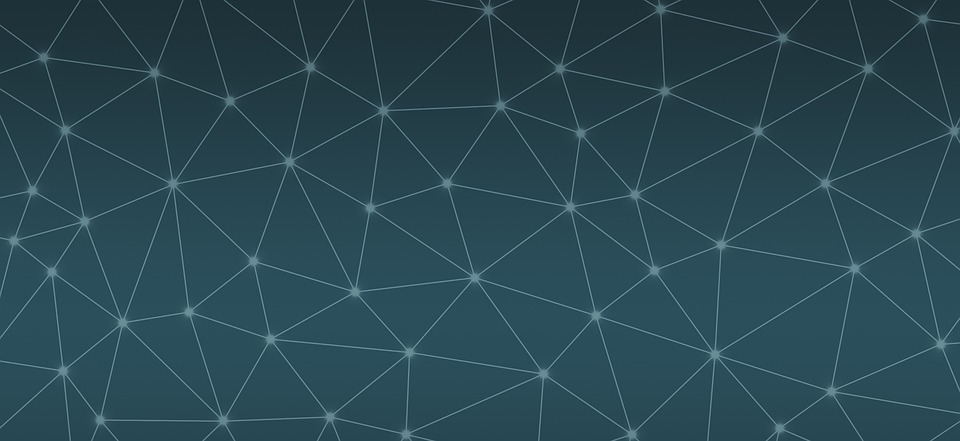OSI stands for ‘Open Systems Interconnection’. The OSI model has 7 layers. It’s a conceptual model that gives you an idea of the way devices and applications communicate on a network. It demonstrates how information is transmitted from one device to another, what processes are involved and how these processes relate to each other.
Relevance to cyber security
As a cyber security professional it’s useful to have some knowledge about networking. The OSI model gives you an overview of the way data is transmitted across a network. It gives some insight into the processes that make things like the internet possible.
Why from the bottom up?
So why is the OSI model presented from the bottom up? This is because you can really see it as layers stacked on top of each other. The bottom layers form the basis for the higher layers. For example, all the other layers couldn’t exist without the physical layer as the basis.
The layers
- Physical layer
- Data link layer
- Network layer
- Transport layer
- Session layer
- Presentation layer
- Application layer
Physical layer

This is the hardware layer. It’s the layer of devices and physical connections between devices. Things that belong to this layer are ethernet cables, bluetooth and USB. If there is a network problem this is usually the first layer to check. Are the cables plugged in correctly, is the network interface card working correctly? etc.
Data link layer

The Data Link layer is responsible for transmitting data via the physical layer on a local network. Ethernet cables are physical, but the ethernet protocol is a Data Link layer protocol.
Things that belong to this layer:
- MAC addresses
ARP spoofing is an example of an attack that can occur on this layer. It is an attack where the hacker spoofs the MAC address of the victim to intercept traffic meant for the victim.
Network layer

The Network layer is the layer that makes routing possible. It’s responsible for forwarding packets between routers and sending data to the right destination using IP addresses.
Things that belong to this layer:
- IP addresses
Transport layer

This layer regulates network communication. It makes sure that connections are reliable, that data is received in the right order and prevents congestion.
Protocols that belong to this layer:
- TCP: Transmission Control Protocol
- UDP: User Datagram Protocol
Session layer

The Session layer handles connection, re-connection and authentication between devices. When a session is lost due to a network problem, this layer may try to reestablish the connection.
Presentation layer

This layer converts data from one format to another. It makes sure that data is readable for the Application layer and the other way around, that data that is received from the Application is ready to be transported across the network.
Processes that take place on the Presentation layer:
- Data conversion
- Compression
- Character encoding / decoding
- Encryption and Decryption
Application layer

The Application layer is responsible for the application interface that users interact with. It makes it possible to present data to a user in such a way that he can interact with it. Examples of applications that users can interact with through the Application layer are: Microsoft Teams, Outlook and Youtube.
Several protocols function on this layer:
- FTP: File Transfer Protocol
- DNS: Domain Name System
- SMTP: Simple Mail Transfer Protocol

